Increased Awareness
Growing public awareness regarding the potential health effects of electromagnetic fields is influencing The Global Electromagnetic Field Meter Industry. As individuals become more informed about electromagnetic exposure, there is a rising demand for personal and professional measurement devices. This trend is particularly evident in residential areas near high-voltage power lines and telecommunications towers, where concerns about safety are prevalent. Market Research Future indicates that consumer interest in personal electromagnetic field meters has surged, with sales increasing by over 15% in the last year alone. This heightened awareness is likely to continue driving market expansion as consumers seek to monitor their environments.
Regulatory Influence
Regulatory frameworks significantly impact The Global Electromagnetic Field Meter Industry. Governments and international organizations have established guidelines to monitor and control electromagnetic exposure levels, particularly in urban environments. Compliance with these regulations necessitates the use of accurate measurement devices, thereby driving demand for electromagnetic field meters. For instance, the International Commission on Non-Ionizing Radiation Protection has set exposure limits that require regular monitoring. This regulatory landscape not only ensures public safety but also fosters market growth, as industries seek to adhere to these standards and invest in reliable measurement solutions.
Industrial Applications
The diverse applications of electromagnetic field meters across various industries contribute to the growth of The Global Electromagnetic Field Meter Industry. Sectors such as construction, telecommunications, and healthcare utilize these devices for different purposes, including safety assessments and compliance monitoring. For example, in the telecommunications industry, electromagnetic field meters are essential for ensuring that equipment operates within safe exposure limits. The increasing complexity of industrial processes and the need for stringent safety measures are expected to propel market demand. Analysts project that the industrial segment will account for a significant share of the market, reflecting its critical role in operational safety.
Technological Advancements
The rapid evolution of technology plays a pivotal role in shaping The Global Electromagnetic Field Meter Industry. Innovations in sensor technology and data processing capabilities have led to the development of more accurate and user-friendly electromagnetic field meters. These advancements enable professionals across various sectors, including telecommunications and healthcare, to measure electromagnetic fields with greater precision. As a result, the demand for advanced meters is expected to rise, with the market projected to grow at a compound annual growth rate of approximately 6% over the next five years. This growth is driven by the need for reliable measurement tools in an increasingly technology-driven world.
Research and Development Initiatives
Ongoing research and development initiatives are vital to the evolution of The Global Electromagnetic Field Meter Industry. Academic institutions and private companies are investing in innovative solutions to enhance the functionality and accuracy of electromagnetic field meters. These initiatives often focus on integrating advanced technologies such as artificial intelligence and machine learning to improve data analysis and interpretation. As a result, the market is likely to witness the introduction of next-generation meters that offer enhanced features and capabilities. This focus on R&D not only fosters innovation but also positions the market for sustained growth in the coming years.

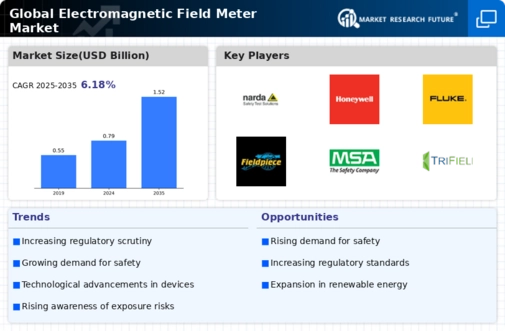
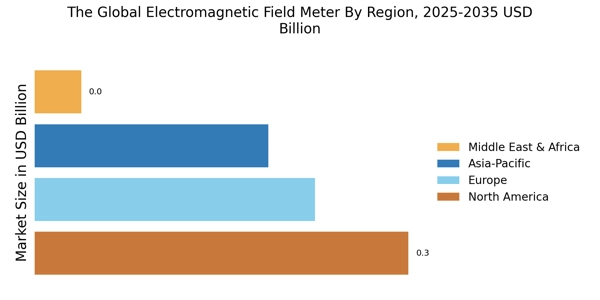

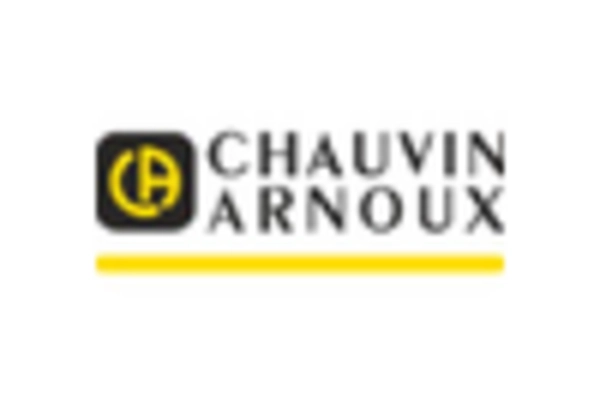
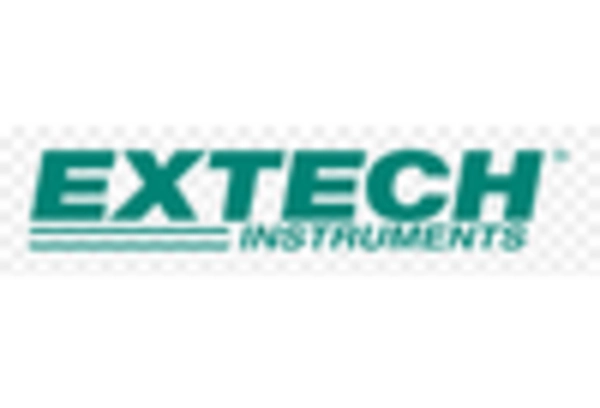
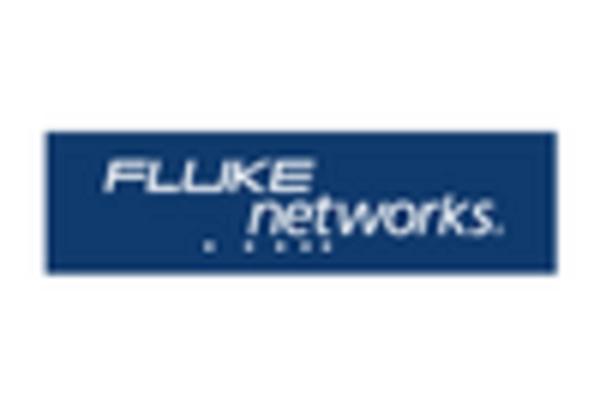
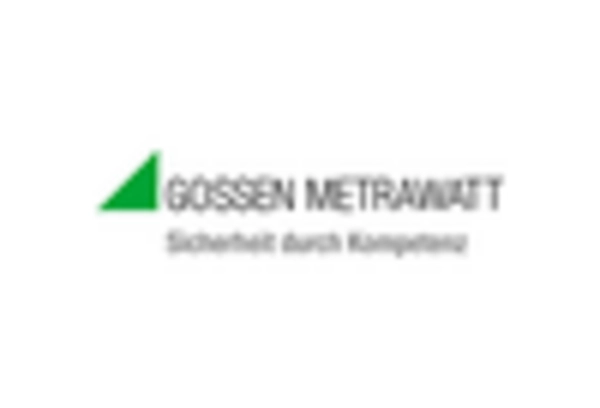









Leave a Comment